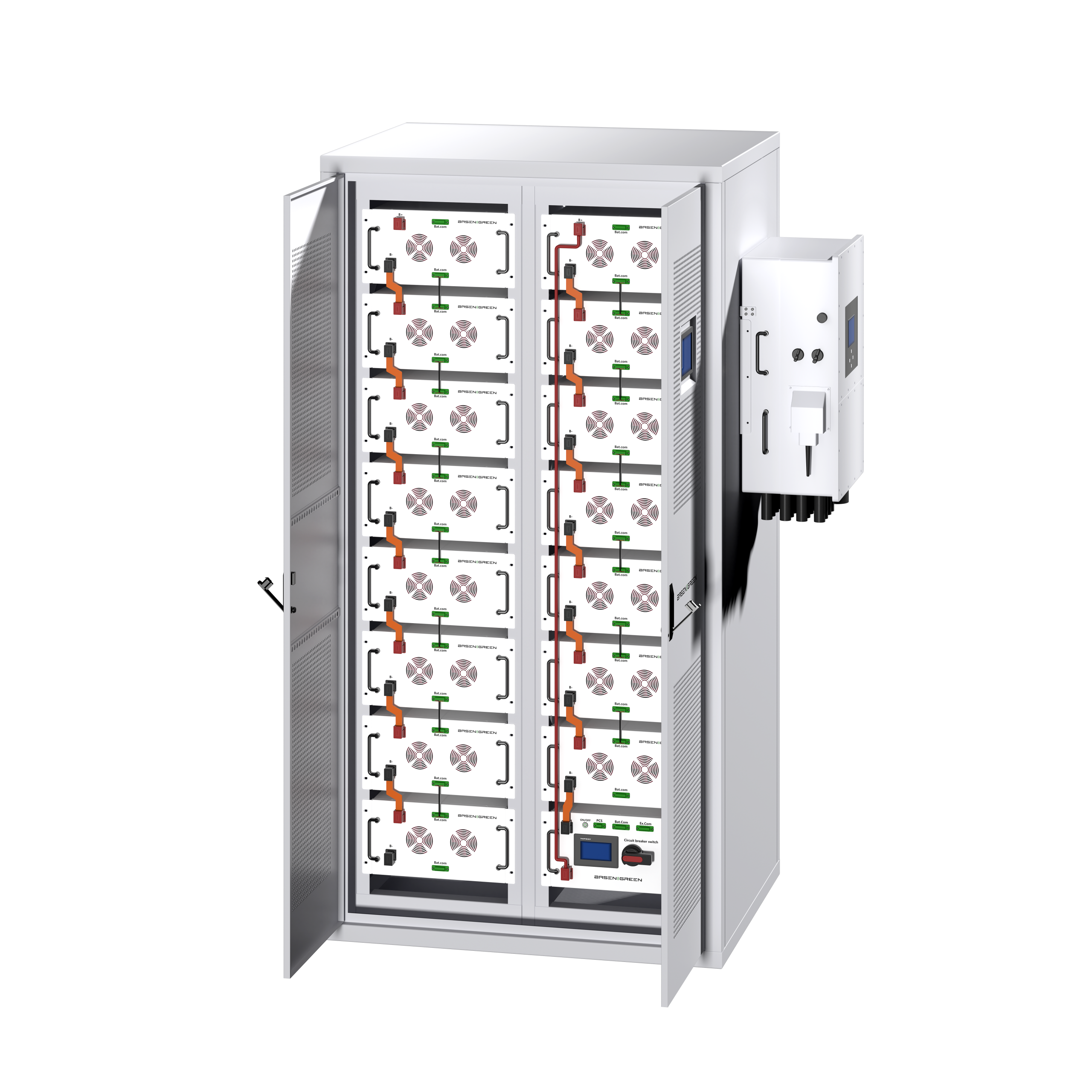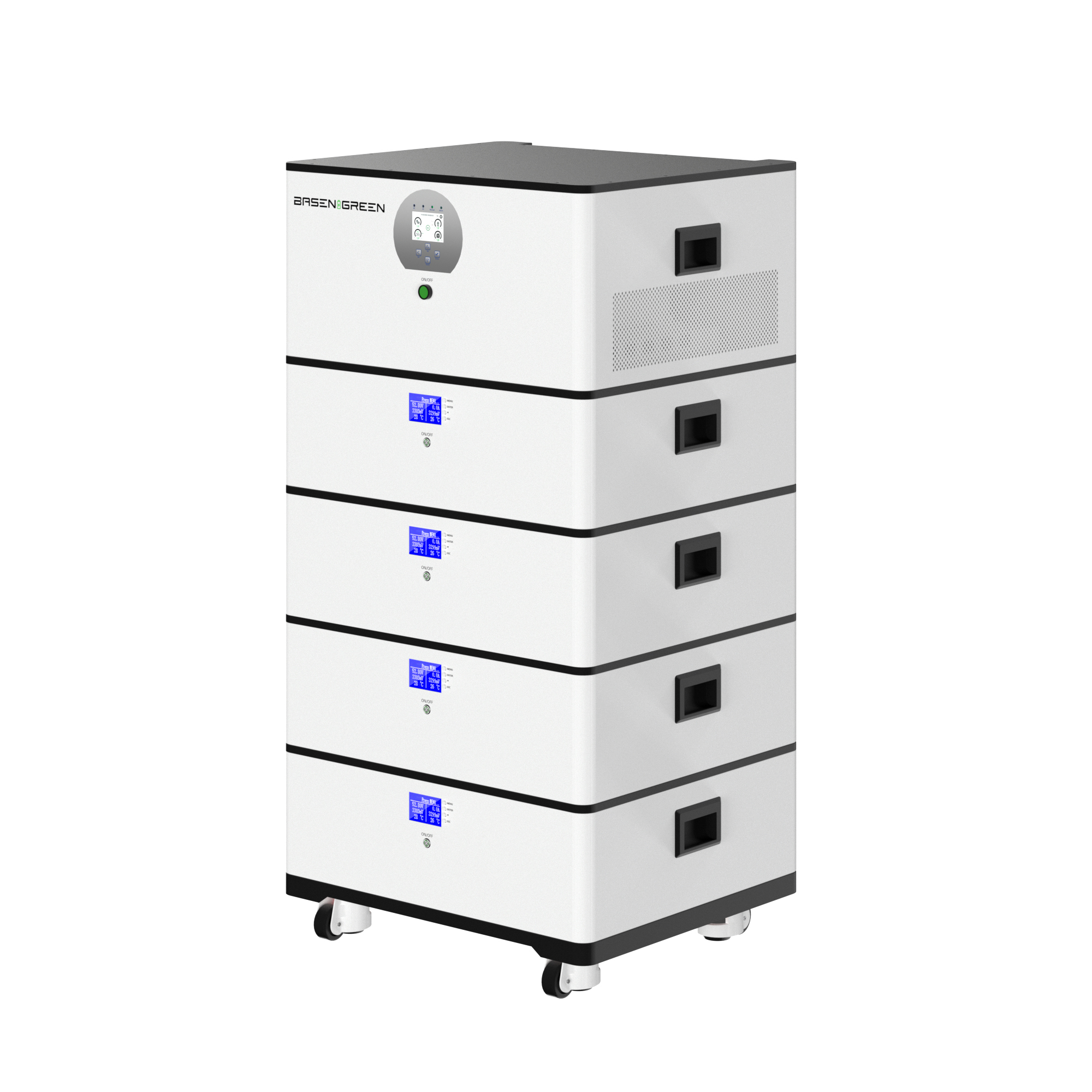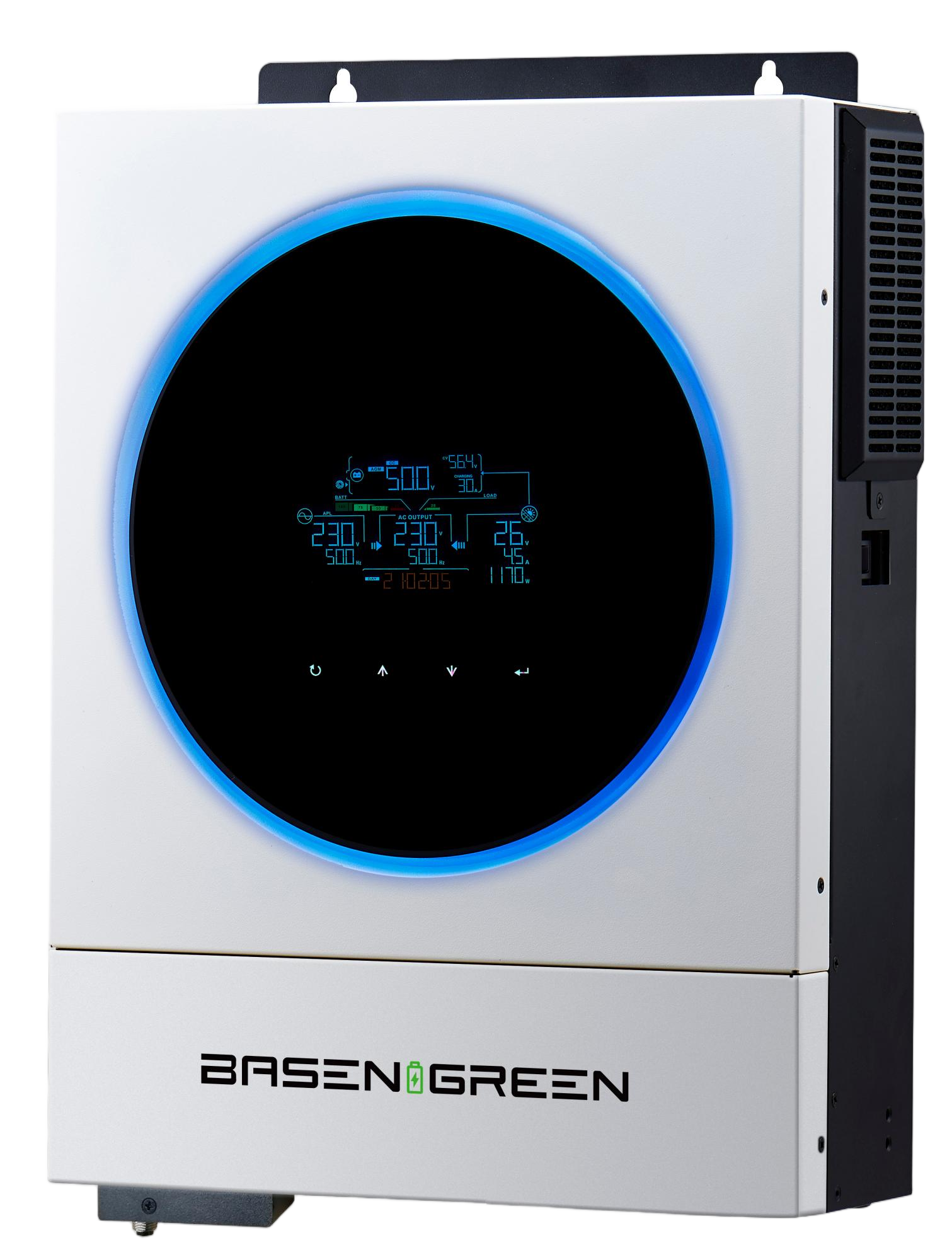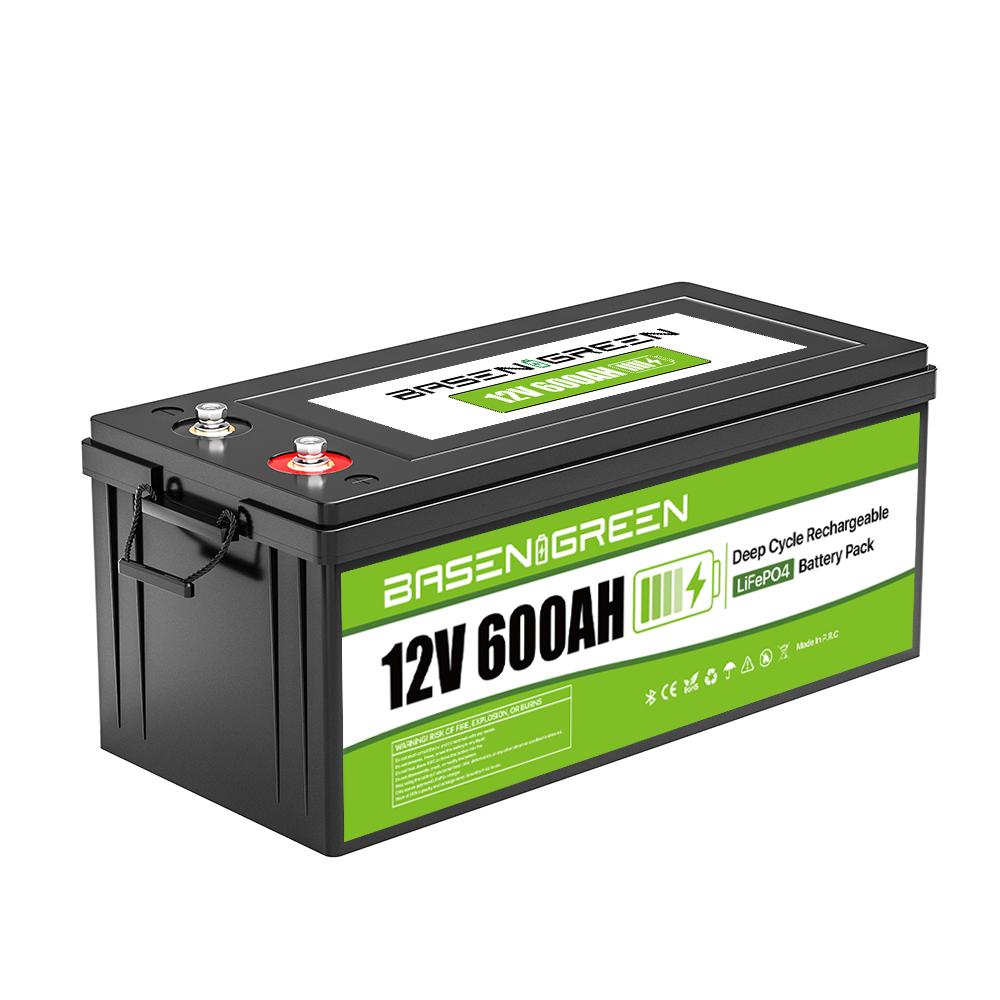Overcharge and deep discharge protection in 200kWh battery systems
<h1>Overcharge and Deep Discharge Protection in 200kWh Battery Systems</h1>
<p>With the increasing demand for portable and renewable energy storage solutions, battery systems are becoming more critical in various industries, from electronics to electric vehicles. As battery technology advances, so do the challenges associated with their operation. One of the most pressing issues is ensuring safe and reliable battery performance, especially when dealing with overcharge and deep discharge conditions.</p>
<p>Overcharge refers to the situation where a battery is charged beyond its rated capacity. This can occur due to overloaded charging stations, incorrect charging protocols, or simply overuse. Overcharging, while seeming like an easy solution, can lead to significant risks. Overcharged batteries can develop internal short circuits, produce toxic fumes, and reduce the overall lifespan of the battery. Moreover, overcharging can damage the battery’s internal components, such as electrodes and electrolytes, leading to irreversible damage or even explosions in extreme cases.</p>
<p>On the other hand, deep discharge refers to the prolonged use of a battery beyond its designed capacity. This can happen when a device is left discharged for an extended period or when heavy loads are applied. Deep discharging can lead to several issues, including reduced battery capacity, internal resistance increases, and the risk of thermal runaway. Over time, deep dis, discharge can also affect the battery’s health, making it less efficient and capable of delivering the same level of performance.</p>
<p>To address these challenges, modern battery systems incorporate advanced protection mechanisms. These mechanisms are designed to detect and respond to overcharge and deep discharge conditions in real time. Overcharge protection systems typically utilize voltage sensors, current monitors, and temperature controllers to ensure that the battery operates within safe limits. If an overcharge is detected, the system will trigger a protection circuit, such as a fuse or a MOSFET, to safely terminate the charging process and prevent damage to the battery or the system.</p>
<p>Similarly, deep discharge protection systems are designed to monitor the battery’s health and performance over time. Techniques such as state of charge (SOC) estimation, temperature monitoring, and current limiting are used to prevent the battery from being discharged beyond its safe limits. Deep discharge protection is particularly important for systems that rely on extended usage, such as electric vehicles, solar-powered devices, and data centers. By detecting and mitigating deep discharge conditions, these systems can extend the lifespan of the battery and ensure reliable performance over time.</p>
<p>It is worth noting that these protection mechanisms are not just reactive solutions but are also proactive measures. They are designed to adapt to the specific needs of the battery system, taking into account factors such as the battery technology, operating environment, and application requirements. For example, lithium-ion batteries, which are commonly used in 200kWh systems, have different protection requirements compared to nickel-cadium or lead-acid batteries. Advanced protection systems for lithium-ion batteries may include voltage clamping, thermal management, and advanced SOC estimation techniques to ensure optimal performance and safety.</p>
<p>Moreover, the integration of these protection mechanisms into modern battery management systems (BMS) has revolutionized the way batteries are managed. BMS software can monitor and analyze battery performance in real time, providing detailed insights into the battery’s condition and usage patterns. This allows for more accurate and timely protection actions, reducing the risk of damage and extending the battery’s lifespan. In addition, BMS can optimize charging and discharging patterns, preventing overuse and ensuring that the battery operates within safe boundaries.</p>
<p>In conclusion, overcharge and deep discharge protection are essential components of modern battery systems, particularly those with capacities of 2,000 kWh or more. These protection mechanisms not only enhance the safety and reliability of the battery but also extend its operational lifespan and ensure optimal performance. As battery technology continues to evolve, the importance of robust protection systems will only increase, playing a critical role in the development of portable and renewable energy solutions.</p>






